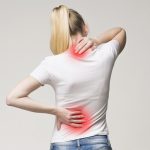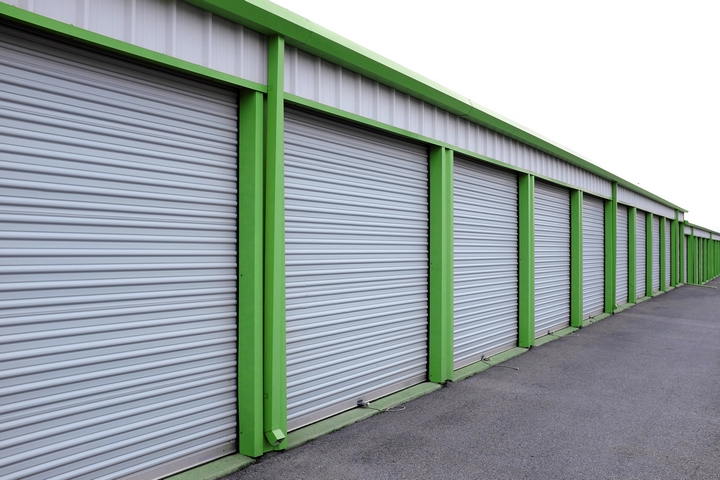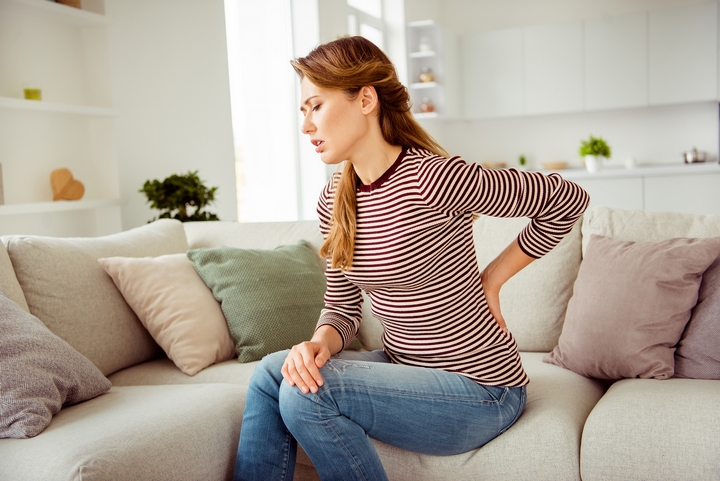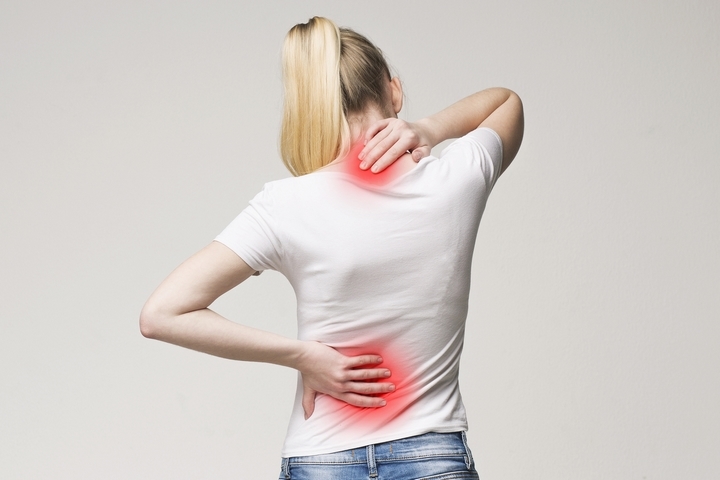Lower back pain is a prevalent postpartum complaint. You’ve undergone hormonal and physical changes during pregnancy that can contribute to and exacerbate back pain. And new circumstances like changes in your posture and carrying your baby may also cause strain leading to discomfort. Though back pain after pregnancy will usually resolve on its own after a few months, there are things you can try to help relieve the pain.
Here is how to relieve lower back pain post-pregnancy:
1. Body Mechanics

Though it may seem like a lot of work initially, paying attention to your body position as you go about your day will pay off. Try to focus on sitting up and standing straight. Be mindful of your posture, especially when feeding your baby. This is of equal importance for both chest and bottle feeding. Sit in a comfortable chair.
Propping your feet up with a footstool can help alignment. Armrests are helpful; don’t be afraid to use many pillows to help position and support your back and arms. When moving around and picking things up (including your baby or other children), bend at your knees, not your waist. Proper bending will minimize the load on your lower back. Avoid heavy lifting whenever possible. Also, complement these exercises with North York physiotherapy treatments.
2. Gentle Exercise
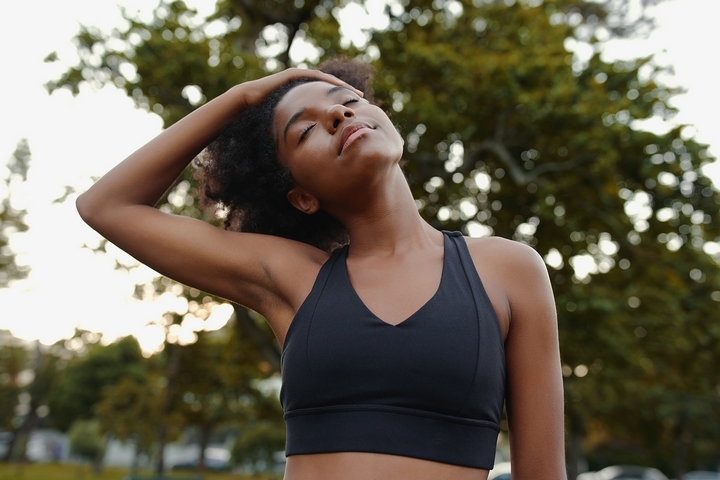
Before you start to add exercise to your routine, make sure to confer with your doctor. Once they give you the green light, going for a light walk, or doing yoga stretches are great places to begin. When practicing yoga or other stretching activities, avoid overstretching.
Pelvic tilts are an excellent way to start to strengthen your core muscles. A strong core will help support and protect your spine, reducing back pain. You can add strength exercises with light weights as your fitness level improves. If any activity ever causes discomfort, you should stop right away.
3. Hydration

Drinking enough water is essential for everyone, and new mothers are no exception. You may not see the effects of proper hydration immediately. But, establishing better habits when it comes to water consumption will provide long-term benefits when it comes to relieving lower back pain.
Dehydration can hinder muscle repair and affects blood circulation. If remembering to drink enough is challenging, it can help to buy a water bottle with marked graduations. Fill the bottle at the start of the day and leave it on your kitchen counter. Every time you pass by, remind yourself to take a drink.
4. Supplements

You can try a few supplements if you don’t want to reach for over-the-counter medications to treat your back pain. Omega-3 fatty acids, a compound found in nuts and fish, help reduce inflammation. Turmeric is a spice known for its anti-inflammatory properties. You can find it in capsule form, mix it into tea, or cook it more often.
Capsaicin, the compound that makes peppers hot, has a long history of medicinal use. Capsaicin typically comes as a cream, and you apply it to your skin. Magnesium is a mineral that many people are deficient in. It is responsible for maintaining nerve and muscle function. We know that magnesium plays a role in pain relief because of its ability to relax muscles.
You can try to increase your magnesium consumption through various foods such as nuts, beans, and avocado, or you can take a supplement. Always consult your doctor before beginning any new supplements to ensure they are right for you.
5. Massage Therapy
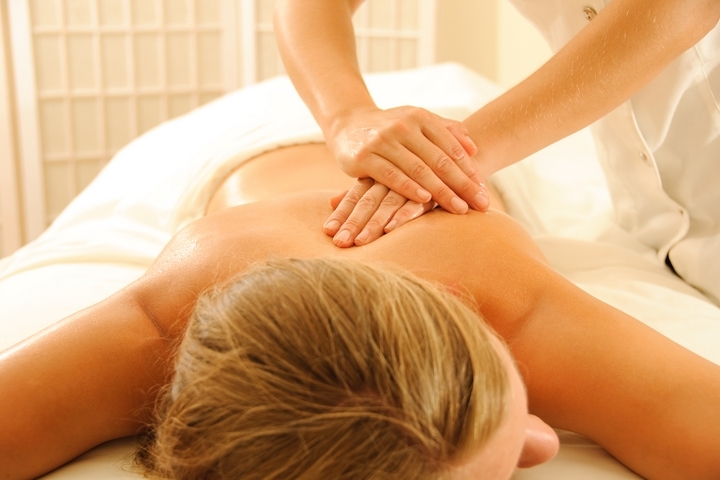
Regular massages may be one of the best things you can do to help ease back pain after pregnancy. Massage therapy stimulates the muscles, tendons, blood vessels, and nerve cells. A massage will help relieve stiffness, improve your range of motion and tissue elasticity, and reduce inflammation in soft tissues.
The hands-on movements will increase blood flow in the muscles which helps to promote the removal of toxins and decreases pain. Massage will also raise serotonin, dopamine, and endorphin levels. These hormones help to regulate our sleep, reduce pain, and promote relaxation.
In general, you should be cleared for a massage right away if you’ve had a vaginal birth; however, if you have had a c-section, talk to your doctor first. It is usually recommended to wait four to six weeks in these instances so that your incision is healed enough.
6. Hot Baths

The benefits of a hot bath are more than just relaxation and stress relief. A hot bath will relax your muscles, which opens them up and allows for increased blood flow. For added benefits, use Epsom Salts or essential oils such as frankincense, ginger, lavender or eucalyptus. Plan on soaking for fifteen to twenty minutes, if you can, up to three times a week.
Lower back pain is common in the first few months after giving birth. If you are experiencing back pain combined with other symptoms like stabbing pain or numbness, please check in with your healthcare provider immediately.

